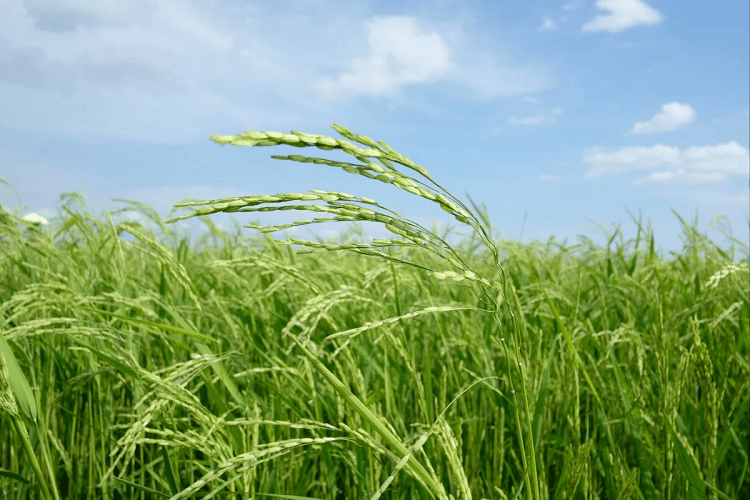
The abundant harvest of giant rice in Guanxi region could play a key role in ensuring China’s food security.
Chinese scientists have made a breakthrough in understanding the genetics of rice breeding that could lead to a healthier, higher-yield hybrid variety of the grain.
Japonica and Indica rice are two widely grown varieties in China, each with distinct characteristics and geographical distributions. Hybrids of these two types are stronger and more resistant to pests, diseases and drought, but they cannot produce seeds because of reproductive isolation – a set of mechanisms to prevent members of different species from producing fertile offspring.
After 13 years of research, a team from the Crop Science Research Institute of the Chinese Academy of Agricultural Sciences (CAAS) and Nanjing Agricultural University, led by academician Wan Jianmin, overcame this rice breeding challenge. Their findings were published in the peer-reviewed journal Cell in July 2023.
Among the scientific break-throughs, a highly productive giant rice variety was first developed by a research team at the Chinese Academy of Sciences Institute of Subtropical Agriculture in 2017, which was created with the aim of producing more rice per hectare.
As an example of giant rice potential, a farm in China’s Zhuang Autonomous Region of Guangxi planted just over 13 hectares and harvested up to 3,000 kg per hectare more than in previous years of the hybrid variety of “giant rice”. In addition to higher yields, the variety has other advantages such as drought tolerance and resistance to flooding, diseases, and pests.
In 2021, the Ministry of Agriculture and Rural Affairs said China’s revitalisation of its seed industry would focus on “ensuring national food security and effective supply of important agricultural products”.
Hybrid rice has been a priority for Beijing since the first varieties were invented by Yuan Longping, the “father of hybrid rice”, in the 1970s. Most hybrid varieties worldwide were developed from elements of Chinese varieties.
Despite China’s extensive history with hybrid rice, the proportion of hybrid rice grown in the country had stuck at around 55 per cent because of increasing cultivation costs.
The reports of high yields come as India increases duties and export bans on non-basmati rice varieties because of a poor harvest season after El Nino intensified flooding in the country.
The International Rice Research Institute (IRRI), said it was time for hybrid rice to be recognised as a way to ensure global food security.
According to the IRRI, hybrids are created when two genetically different rice parents are bred together, giving the offspring traits of both. Within one breeding cycle multiple desirable traits can be passed on. This differs from genetically modified rice, in which foreign genes are introduced through engineering.
The IRRI said that hybrid rice varieties can result in a yield that is 15 to 20 per cent higher than regular rice under typical growing conditions.
Sources: Extract from South China Morning Post, 31 Aug, 2023, and 31 Jul, 2023.
Leave a Reply
You must be logged in to post a comment.